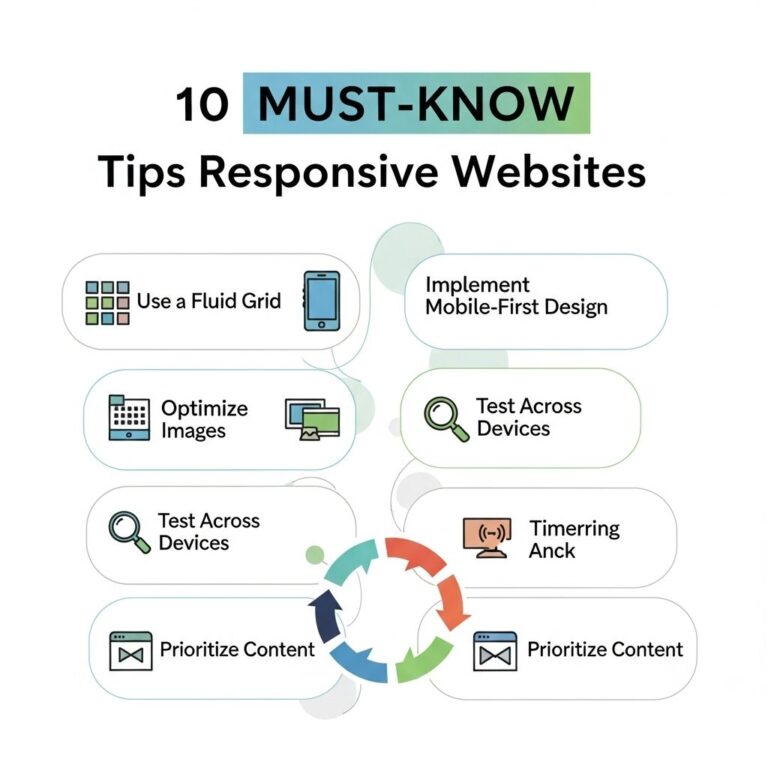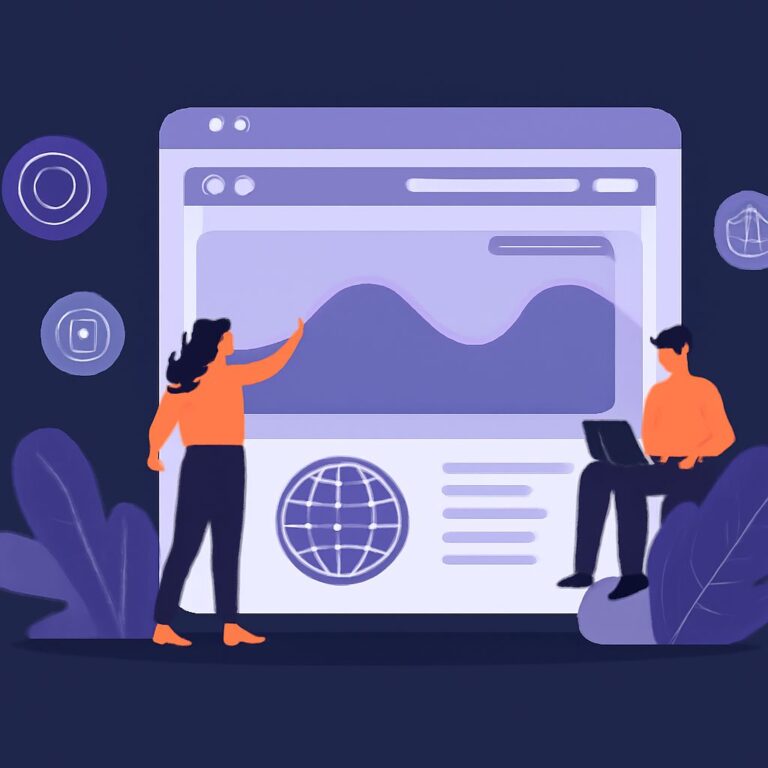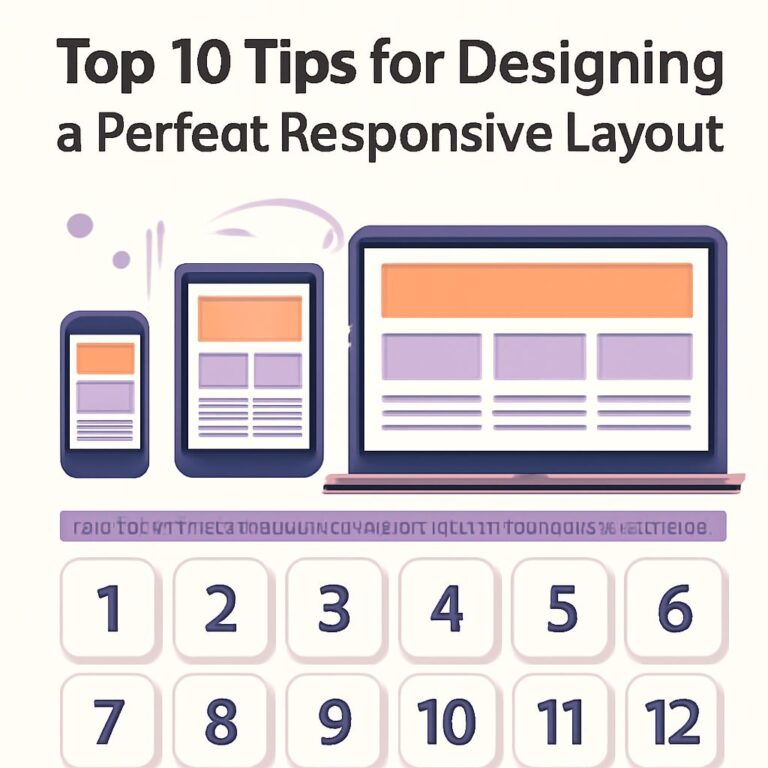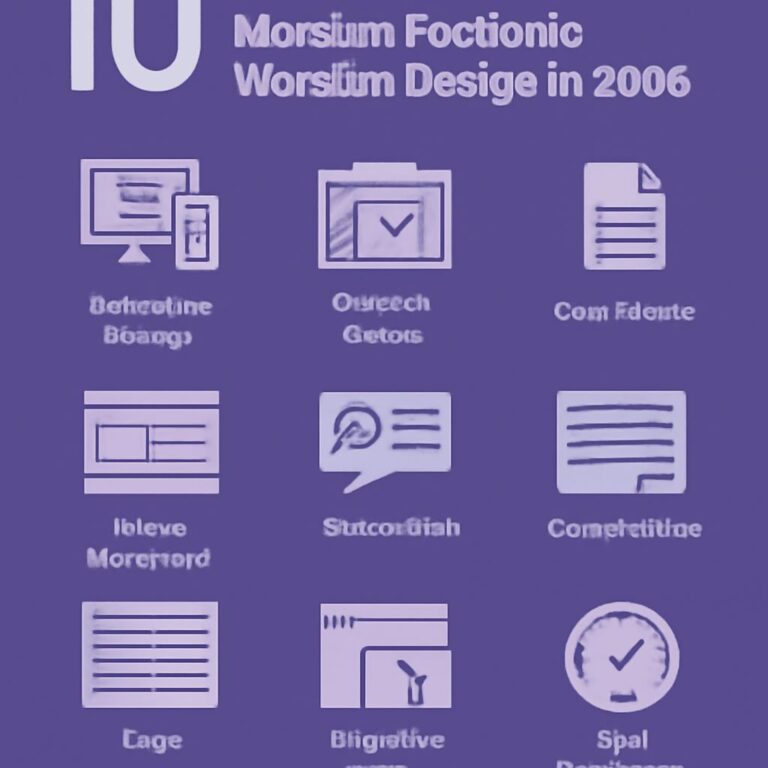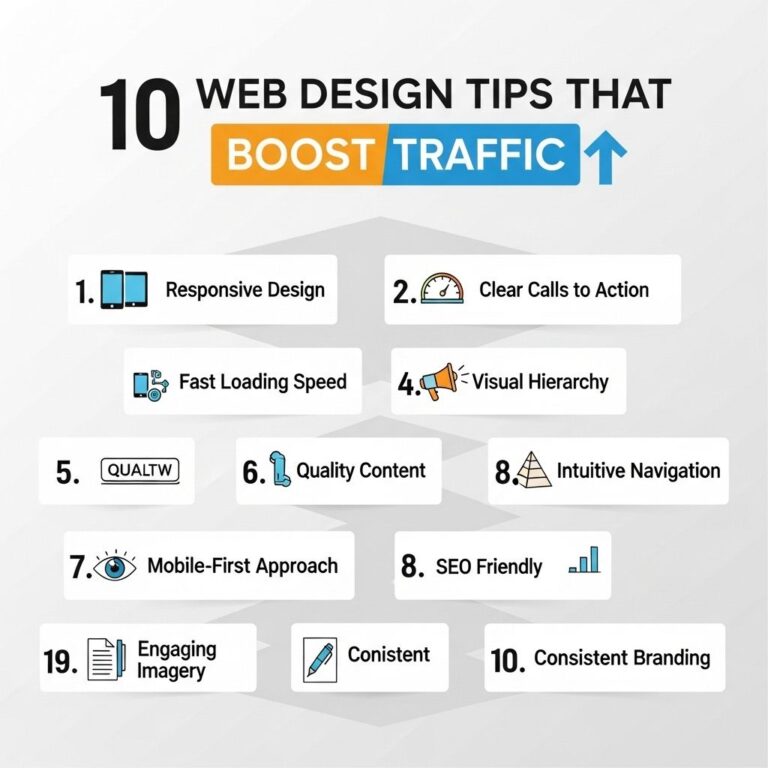As we delve deeper into 2025, the landscape of web design continues to evolve at a rapid pace. New technologies, emerging trends, and changing user expectations are reshaping how we approach web design, ensuring that it not only captures attention but also delivers an optimal experience. Whether you are a seasoned designer or just starting, keeping abreast of the latest practices is essential. This article will explore ten powerful web design tips that will help you stay ahead in this dynamic industry.
Table of Contents
1. Embrace Minimalism
Minimalism remains a dominant trend in web design. It emphasizes simplicity and functionality, allowing users to navigate sites with ease. Key elements of minimalist design include:
- Clean layouts
- Generous white space
- Simple color schemes
- Focus on essential content
By stripping away unnecessary elements, you can enhance usability and streamline the user experience.
2. Prioritize Mobile-First Design
With an ever-increasing number of users accessing websites via mobile devices, adopting a mobile-first approach is crucial. This strategy involves designing with mobile users in mind before scaling up to larger screens. Considerations include:
- Responsive design techniques
- Touch-friendly navigation
- Fast loading times
The Importance of Responsive Design
Responsive design ensures that your website adapts seamlessly across devices. This is not just beneficial for aesthetic purposes; search engines like Google prioritize mobile-friendly sites in their rankings.
3. Leverage Advanced Typography
Typography is a powerful tool in web design that can significantly enhance readability and user engagement. In 2025, consider these typography trends:
- Variable fonts to improve performance
- Custom font pairings for unique branding
- Dynamic typography that adapts to screen size
4. Implement Dark Mode
Dark mode has surged in popularity, providing a visually appealing alternative to traditional light themes. Not only does it reduce eye strain, but it also saves battery life on OLED screens. Key considerations include:
- Contrast and readability
- Designing for accessibility
- Switching seamlessly between modes
5. Focus on User Experience (UX)
User experience design is critical to the success of any website. A positive UX can lead to higher engagement and conversion rates. Ways to enhance UX include:
- Conducting user testing to gather feedback
- Implementing intuitive navigation
- Creating engaging CTAs (Call to Actions)
Understanding User Behavior
Utilizing analytics tools can provide valuable insights into user behavior, enabling you to refine your web design based on how users interact with your site.
6. Optimize for Speed
Website speed is paramount. In 2025, users expect pages to load in a matter of seconds. Here are strategies to enhance loading times:
- Image optimization
- Minification of CSS and JavaScript
- Utilizing a Content Delivery Network (CDN)
7. Integrate AI and Chatbots
Artificial intelligence (AI) is transforming web design and user interaction. Implementing chatbots can provide instant support to users and improve overall engagement. Consider these integration points:
- 24/7 customer service
- Personalized user experiences
- Data collection for improving services
8. Utilize Video Backgrounds
Video backgrounds can make your website more dynamic and engaging. However, use them judiciously to avoid overwhelming visitors. Tips for using video backgrounds include:
- Keep videos short and relevant
- Ensure text overlay remains readable
- Optimize video files for faster loading
9. Enhance Accessibility
Web accessibility is essential for reaching all users, including those with disabilities. Ensure compliance with the Web Content Accessibility Guidelines (WCAG) by:
- Providing text alternatives for non-text content
- Ensuring sufficient contrast ratios
- Making navigation keyboard-friendly
10. Stay Ahead with Emerging Technologies
As technology evolves, so do the tools and frameworks available for web design. Keeping an eye on emerging technologies such as:
- Augmented Reality (AR) and Virtual Reality (VR)
- Progressive Web Apps (PWAs)
- Serverless architecture
These technologies can offer innovative ways to engage users and push the boundaries of web design.
Conclusion
In 2025, the field of web design continues to expand and innovate. By embracing these powerful tips and keeping user experience at the forefront of your design strategy, you can create websites that not only look great but also function seamlessly in a competitive digital landscape. Stay curious, keep learning, and adapt your practices as technology evolves to ensure your designs remain relevant and impactful.
FAQ
What are the top web design trends for 2025?
The top web design trends for 2025 include minimalistic designs, dark mode options, interactive storytelling, and AI-driven user experiences.
How can I make my website more user-friendly?
To enhance user-friendliness, ensure intuitive navigation, optimize loading speeds, and implement responsive design for mobile users.
Why is mobile optimization important for web design in 2025?
Mobile optimization is crucial as more users access websites via smartphones; a mobile-friendly design improves user experience and boosts SEO rankings.
What role does color psychology play in web design?
Color psychology significantly impacts user emotions and behaviors; selecting the right color palette can enhance brand perception and engagement.
How can I improve website accessibility for all users?
Improving accessibility involves using alt text for images, ensuring keyboard navigability, and adhering to WCAG guidelines to accommodate users with disabilities.
What is the importance of website loading speed in 2025?
Website loading speed is vital as it affects user retention and SEO rankings; faster sites lead to better user experiences and lower bounce rates.


